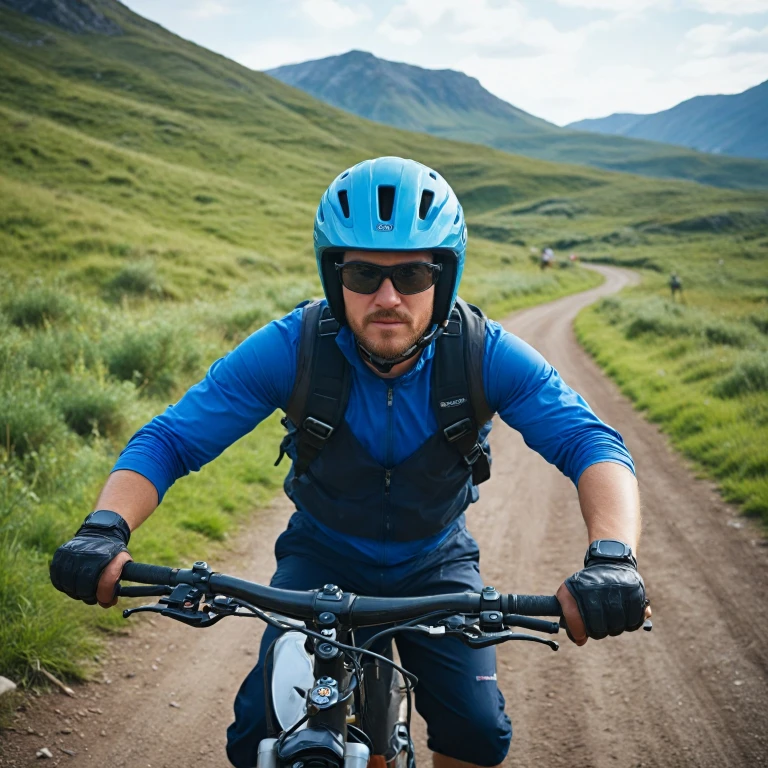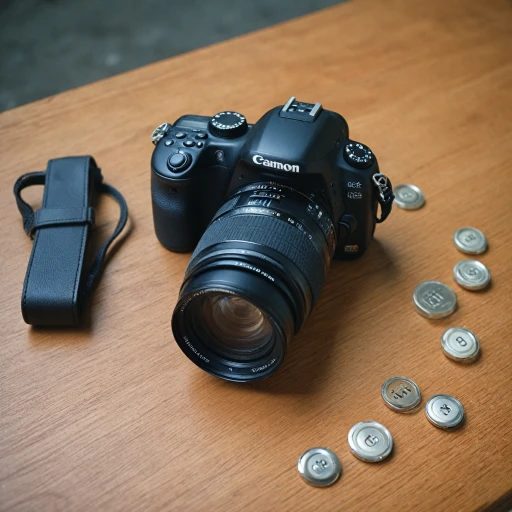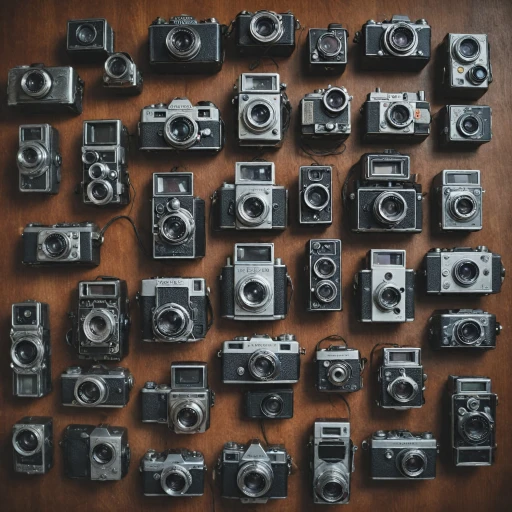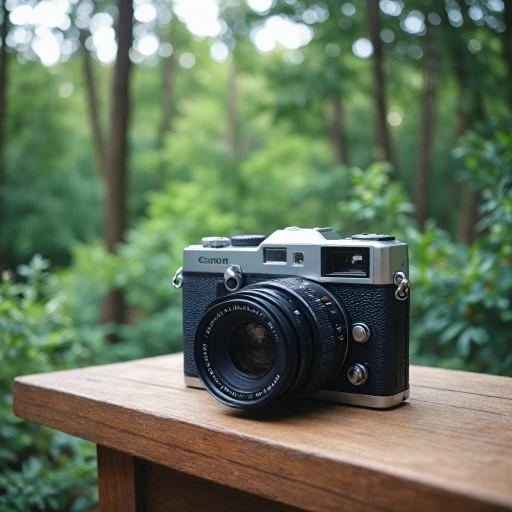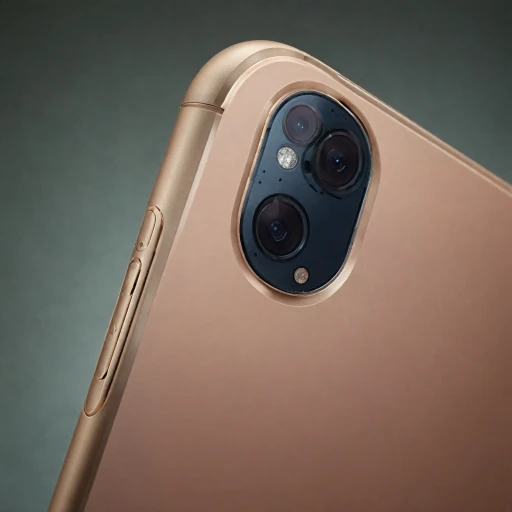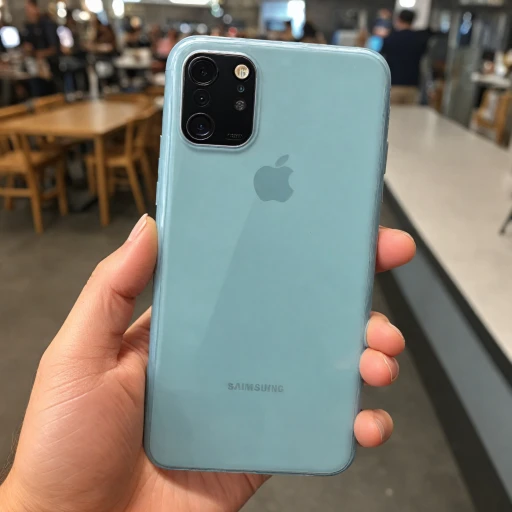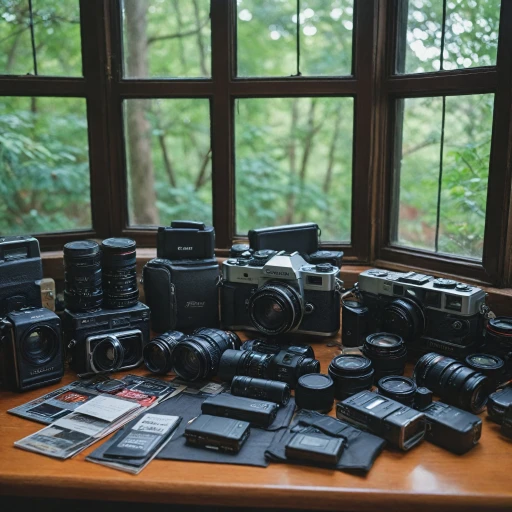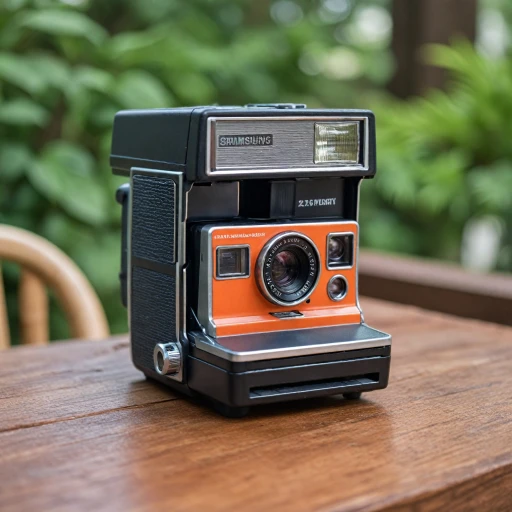
Understanding the Need for Better Audio
The Importance of Capturing Crystal-Clear Sound
When it comes to action cameras like GoPro or DJI Osmo, their ability to capture stunning visuals is indisputable. However, many users often overlook the crucial role of audio in creating an engaging and immersive video experience. The built-in microphone of most action cameras tends to fall short, resulting in subpar sound quality. This limitation makes it imperative to explore alternatives that can significantly elevate the audio aspect of your recordings. Investing in a high-quality external microphone attachment can transform your action footage by providing crisp and clear sound clarity. Whether you're capturing the roar of a motorcycle engine or the gentle whisper of a forest breeze, a dedicated mic ensures you don't miss out on the audio nuances that complete the storytelling aspect of your videos. There are various types of microphone attachments available to suit different recording needs—from compact lavalier microphones that offer discreet positioning to shotgun microphones adept at isolating audio in noisy environments. Finding the best fit for your action camera setup can be a game-changer in achieving the best sound output. Enhancing your action camera with an external microphone does more than just improve sound quality—it also adds depth and authenticity to your recordings. This upgrade allows you to relive your adventures with full immersion. Consider enhancing your adventures with an action camera head mount to complement your improved audio setup and increase recording versatility. By prioritizing audio quality alongside visual excellence, you can create compelling content that resonates well with viewers and elevates your storytelling capabilities.Types of Microphone Attachments for Action Cameras
Exploring Different Microphone Attachments
When it comes to elevating the audio quality of your action camera footage, choosing the right microphone attachment is crucial. There is a variety of microphone attachments available, each with its own advantages and drawbacks. Let’s dive into the most common types you'll encounter:
- Shotgun Microphones: Known for their directional pickup pattern, these are excellent at isolating sounds directly in front of them, minimizing background noise. They are ideal when you want to focus on a specific sound source in noisy environments.
- Lavalier Microphones: These small, clip-on mics are best when you need hands-free operation without compromising on sound quality. Perfect for capturing high quality audio in interviews or performances while keeping the mic discreetly out of frame.
- Wireless Microphones: For ultimate flexibility, wireless microphones provide the freedom to move without being tethered by wires. They are a vital tool for dynamic shooting that covers a lot of ground, such as vlogging or event coverage.
- External Microphones: While some cameras have built-in mics, an external microphone often yields better audio quality. These come in various forms, including the aforementioned shotgun and lavalier mics.
It's important to assess your shooting circumstances and intended use to choose the best microphones for your needs. This consideration not only ensures superior sound quality but also enhances your overall video recording experience. For additional gear to amplify your filming experience, such as selecting the right flashlight, explore how to enhance your adventures.
Compatibility and Connectivity
Ensuring Seamless Compatibility
When enhancing your action camera with a microphone attachment, ensuring compatibility is crucial. Not all microphones are universally compatible with every action camera model, such as the popular GoPro Hero or DJI Osmo. It's essential to verify that the microphone attachment you're considering is designed to work with your specific camera model.
Connectivity Options
There are various connectivity options available when it comes to attaching a microphone to your action camera. Here are some common methods:
- USB Adapters: Many action cameras support USB connectivity, allowing you to connect external microphones via a USB adapter. This is a popular choice for those looking to improve audio quality without compromising on portability.
- Wireless Systems: Wireless microphones, such as the Rode Wireless, offer freedom of movement and are ideal for dynamic shooting environments. They typically use Bluetooth or other wireless technologies to connect to your camera.
- 3.5mm Audio Jacks: Some cameras come with a 3.5mm audio input, enabling direct connection with microphones that use this standard jack.
Choosing the Right Adapter
For cameras without a built-in audio input, an adapter may be necessary. When selecting an adapter, ensure it supports the microphone type you're using, whether it's a shotgun microphone, lavalier microphone, or another external microphone. It's also wise to check user reviews and forums for insights on the best options for your setup.
Considerations for Different Microphone Types
Each microphone type may require different connectivity solutions. For instance, a shotgun microphone might need a shock mount to reduce noise from handling, while a lavalier microphone may require specific adapters for optimal sound quality. Understanding these requirements will help you achieve high-quality audio in your video recordings.
Installation and Setup Tips
Step-by-step Guide for Attaching a Microphone
Whether you're dealing with a GoPro, DJI Osmo, or another action camera, setting up an external microphone can significantly enhance audio quality. Here’s a concise yet comprehensive guide to help you through the installation process:- Ensure Compatibility: Before tying yourself to any specific microphone, verify that your camera and microphone attachment are compatible. Many leading action cameras have specific requirements for adapters, such as a GoPro Hero needing a particular USB adapter. This informs you about both compatibility and connectivity needs.
- Choose the Right Adapter: If your camera lacks a built-in microphone port, an adapter is mandatory. Identify whether a USB or proprietary adapter is required. For instance, most GoPro models will require their dedicated adapter to connect external mics effectively.
- Position the Microphone Correctly: The placement of your external microphone, like a shotgun or lavalier mic, heavily influences sound quality. Attach the mic using a shock mount to minimize noise interference from camera movements. This setup not only ensures stability but also enhances sound clarity.
- Secure Wireless Systems: If using a wireless microphone system, ensure it's securely mounted. Wireless options are ideal for reducing cable clutter and expanding recording flexibility. Testing the Bluetooth or wireless connections prior to recording can prevent connectivity issues.
- Test Before Recording: Conduct a preliminary sound check to confirm sound quality and eliminate background noise. This step is essential whether you're shooting indoors or in challenging outdoor environments. High quality is achieved when audio is crisp and clear, without unwanted background noise.
Comparing Popular Microphone Brands
Exploring Top Microphone Brands for Action Cameras
When it comes to enhancing your action camera's audio capabilities, choosing the right microphone attachment is crucial. Several brands have established themselves as leaders in the field, offering a range of products designed to meet various recording needs. Here, we delve into some of the most popular microphone brands known for delivering high-quality audio performance.
Rode: A Leader in Quality Audio
Rode microphones are renowned for their superior sound quality and durability. The Rode VideoMicro is a compact, lightweight shotgun microphone that is perfect for action cameras. It provides excellent directional sound pickup, minimizing background noise. Rode's wireless microphone systems, like the Rode Wireless GO, are also highly regarded for their ease of use and reliable performance, making them ideal for capturing quality audio on the go.
Sennheiser: Precision and Performance
Sennheiser offers a range of microphones that are perfect for action camera enthusiasts. Their MKE 400 is a compact shotgun microphone designed for cameras, providing clear and focused audio. Sennheiser's wireless systems are also worth considering, especially if you need flexibility and mobility during your recordings.
Shure: Trusted by Professionals
Shure is another brand that stands out for its professional-grade microphones. The Shure VP83 LensHopper is a popular choice for action camera users, offering high-quality sound capture and a durable build. Shure's range of lavalier microphones is also ideal for situations where you need discreet, high-quality audio recording.
Comparing Features and Benefits
- Shotgun Microphones: Ideal for directional sound capture, reducing unwanted background noise.
- Wireless Microphones: Offer flexibility and freedom of movement, perfect for dynamic action shots.
- Lavalier Microphones: Best for capturing clear audio in interviews or when you need to stay hands-free.
Choosing the right microphone attachment for your action camera depends on your specific needs and the environments in which you'll be recording. Whether you opt for a shotgun, wireless, or lavalier microphone, investing in a reputable brand will ensure you achieve the best sound quality possible.
Maximizing Audio Quality in Various Environments
Improving Sound in Diverse Settings
Maximizing audio quality requires attention to various environmental conditions. Your action camera's microphone system must be adept at capturing sound clearly, whether you're recording in bustling cityscapes or serene natural landscapes.- Wind Noise Reduction: Wind noise can significantly affect your recording. A foam or furry windscreen on a shotgun microphone or lavalier microphone can help, providing a buffer against disruptive gusts while maintaining sound quality.
- Shock Mount Utilization: Vibration can be a common issue, especially when capturing action scenes. Using a shock mount can minimize the noise caused by your camera’s movement, giving cleaner audio recordings.
- Selecting the Right Type: The choice between a wireless microphone, shotgun microphone, or lavalier microphone depends on the environment. A wireless microphone provides flexibility in capturing sound from different directions, ideal for dynamic settings. For a focused sound capture, a shotgun microphone is often the best action.
- Noise Control: Be mindful of your surroundings. Whether you're using an external microphone or built-in mic, try to record in areas less susceptible to ambient noise. For adaptable audio capture in changing conditions, exploring microphone attachments such as those compatible with GoPro Hero and DJI Osmo action cameras could be beneficial.
- Settings and Positioning: Adjust the microphone sensitivity and position according to your environment. External microphones might need tweaking based on the type of camera and attachment used.
